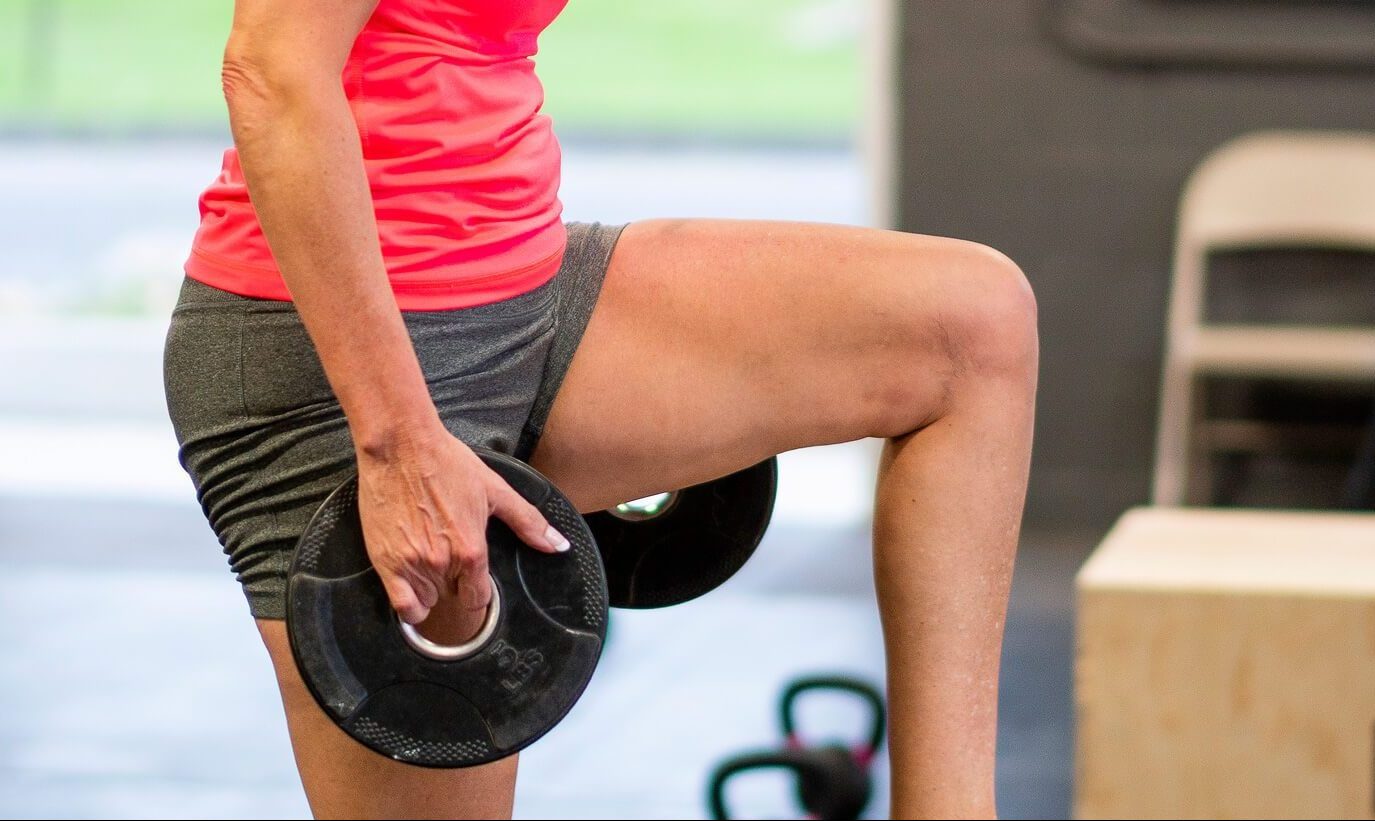The Royal Australian College of GP’s (RACGP) recently released their revised recommendations for the management of hip and knee osteoarthritis (OA). This update came with some fantastic updates that were the result of recent evidence and research conducted to find best management for patients.
Figures from the RACGP tell us that 9% of the population have OA but this figure jumps to 60% once >55 years old1. However, with an ageing population and rising obesity rate this figure could increase. OA is the end result of excessive or abnormal loading of the joint surface. Previous joint injury can accelerate this process, but degenerative joint changes are a normal process for all of us.
Correcting the cause of OA can provide long term relief for patients and this is where exercise therapy comes into the picture. Strengthening muscles around the joint helps to absorb forces that lead to excessive or abnormal joint loading. For hip and knee OA strength exercises targeting the gluteals, quadriceps, hamstrings and calves are vital. Repeated, cyclical loading from exercise such as resistance training or jogging also promotes bone and cartilage growth.
The pictures below outline best practice for the management of OA. Your GP, sports doctor and physiotherapist can work together to implement an exercise program that will help you best manage your pain and help return you to full function.
Kim is an APA Titled Sports and Exercise Physiotherapist who has worked as physiotherapist for the Australian Men’s (Kookaburras) and Women’s (Hockeyroos) hockey teams. He enjoys all things rehabilitation and finding ways to manage complex musculoskeletal conditions.
1. Australian Institute of Health and Welfare. AIHW analysis of ABS Microdata: National Health Survey 2014–15. Canberra: AIHW, 2015.

